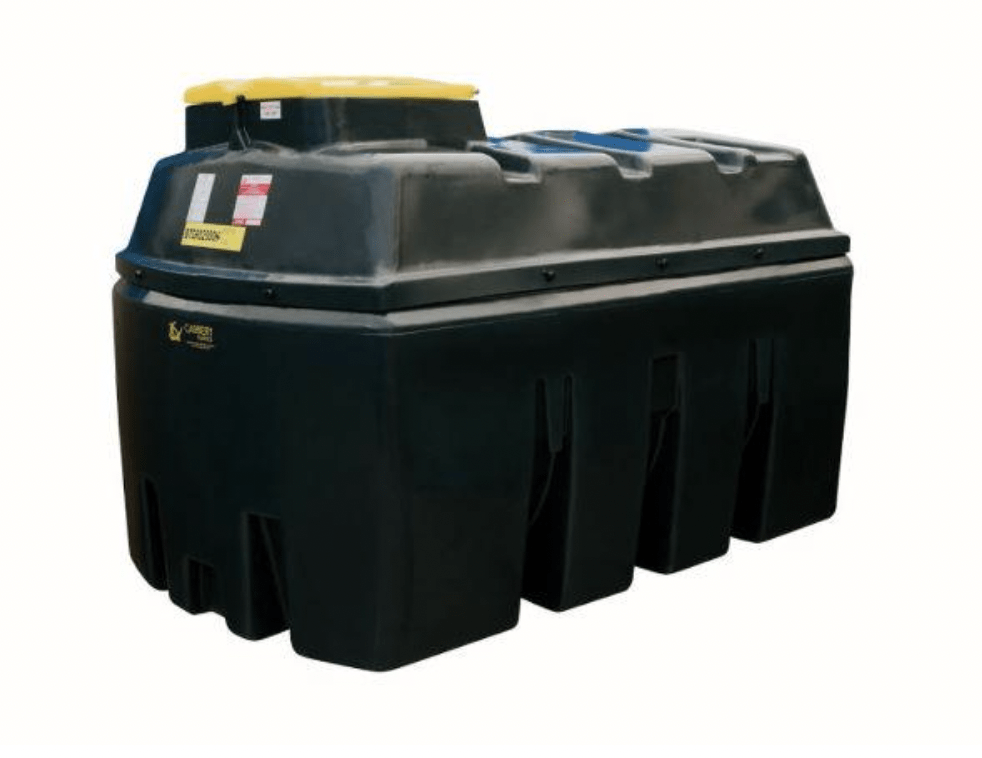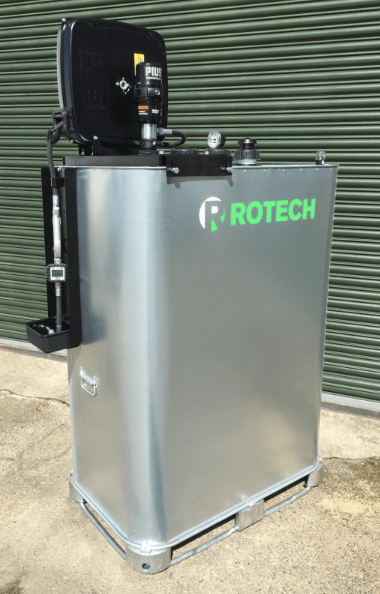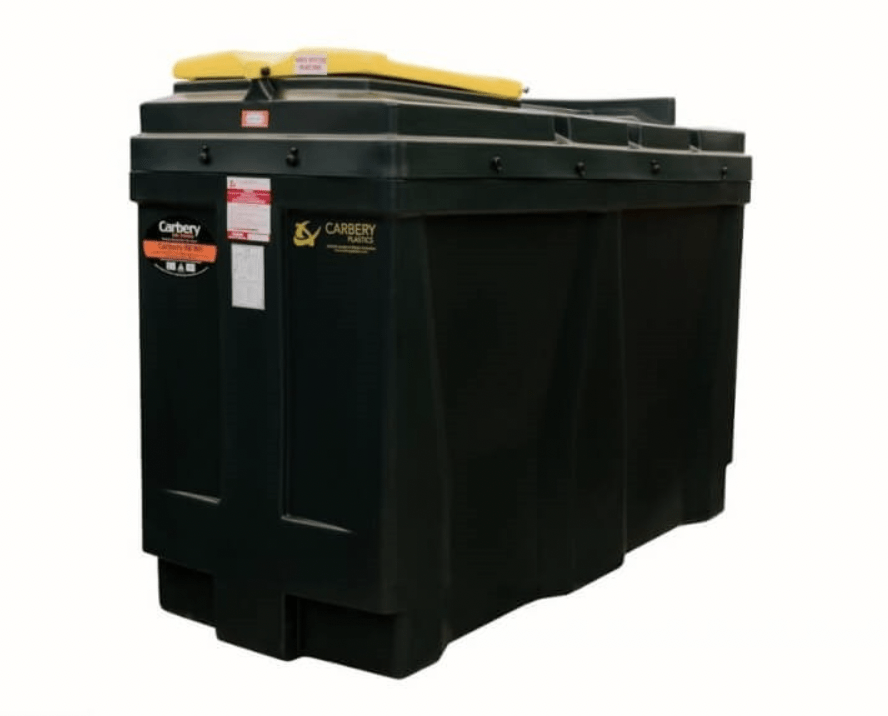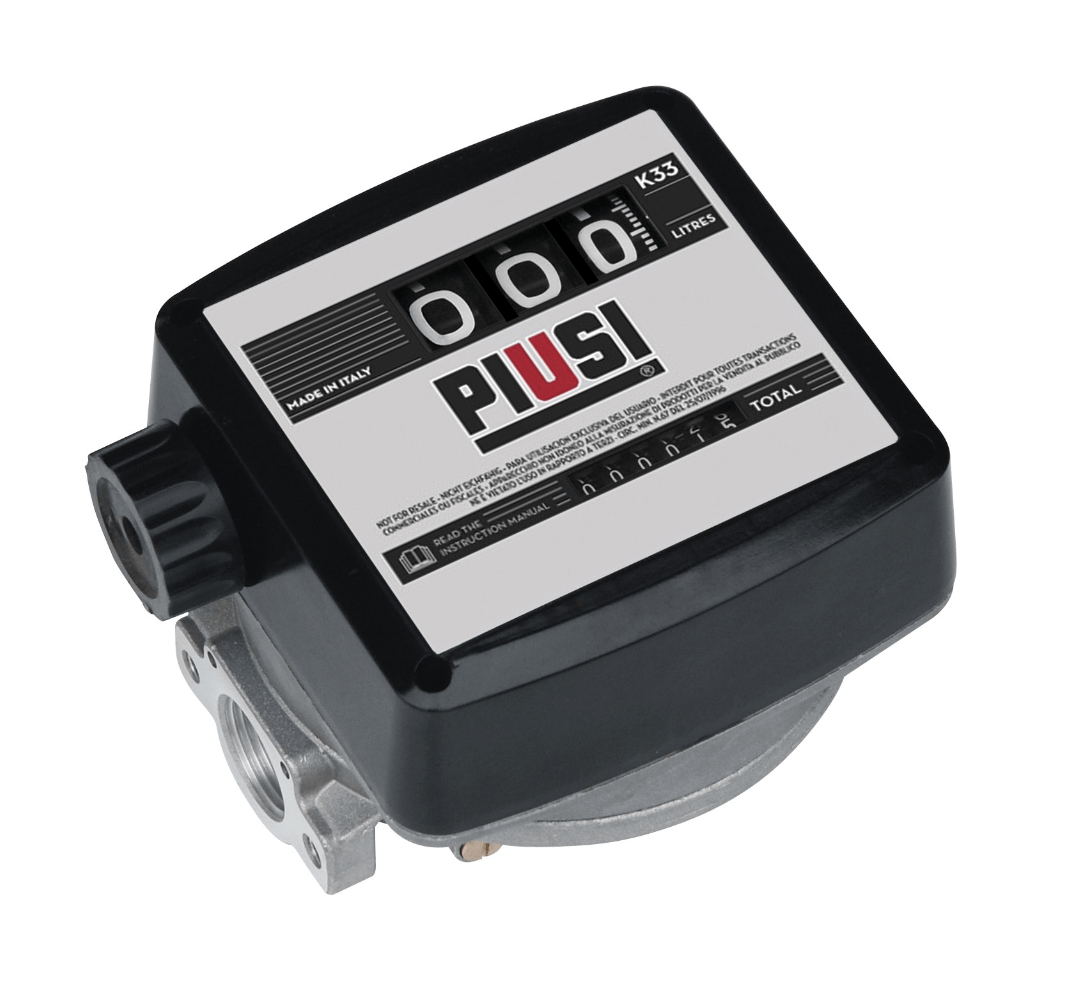Not sure where to place your oil tank? Not to worry, we’re here to help! We’ve listed regulations for both single skin and bunded oil tanks. You’ll also find guidelines on how to prevent fires and environmental pollution.
Whether you’re installing an oil tank in a domestic, industrial, commercial, agricultural, or institutional setting, check out our guide below.
Single Skin Tank or Bunded Tank?
Firstly, it’s important to note the difference between single skin tanks and bunded tanks.
Single skin tanks have no extra tank layer, whereas bunded tanks have a second layer or ‘skin’. This extra layer acts as a barrier that collects any spillage, which prevents environmental pollution.
Single Skin Oil Tank Regulations
Since these tank types have no extra layer to protect from environmental pollution, they have far stricter regulations when it comes to placement. In many cases, placing a single skin tank where only a bunded tank is required by law, is a criminal offence.
Single skin tanks are not suitable for installation at any commercial, agricultural, institutional, or industrial installations. They’re also not suitable in most domestic settings.
They should never be installed where:
- The tank is within 10 metres of a ditch, lake, stream, the sea, river, canal, soakaway, aquifer or gully, effluent treatment system, septic tank, water storage tank, open drain, manhole, or where a tank spill could reach any of these.
- The tank is within 50 metres of agricultural land, a spring, well, or borehole, or where a tank spill could reach any of these.
- The vent point cannot be seen from the fill point and/or there’s an offset fill point in use.
- The tank is supplying fuel to premises other than a single family dwelling.
- Any other hazard exists that’s specific to the site.
- If a spillage occurs, no matter how it’s caused, there’ll be a pollution incident.
Given the risks involved with using a single skin oil tank, it’s strongly advised that you consider using a bunded tank instead. All oil storage tanks over 2,500 litres supplying a domestic dwelling should be bunded.
General Oil Tank Regulations
Whether you opt for a single skin or bunded oil tank, the following regulations must be followed, in accordance with the BS5410 and Building Regulations:
- The minimum separation from a building is to be 1.8m and 0.76m from a boundary.
- Location within a building will require additional considerations.
- Adequate protection from impact damage is a requirement of the regulations.
- The use of an oil separator in surface water drainage should be considered.
OFTEC Domestic Oil Storage Guidelines To Prevent Fire
As listed by the OFTEC guide, to prevent a fire, tanks should be sited:
- 1.8m away from non fire rated eves of a building.
- 1.8m away from a non fire rated building or structure which has openings such as doors or windows, e.g. garden shed.
- 1.8m away from appliance flue terminals.
- 760mm away from a non fire rated boundary, e.g. wooden boundary fence.
If complying with these requirements is impossible, then a fire rated barrier of at least 30 minutes should be provided, extending 300mm or higher and wider than both ends of the tank.
Also, an oil storage tank may be sited next to a building, as long as the walls are fire rated and don’t have any openings, including air bricks.
OFTEC Domestic Oil Storage Guidelines To Prevent Pollution
As listed by the same OFTEC guide, to prevent pollution, tanks under 2,500L should be bunded if the tank is located;
- Within 10m of inland freshwaters or coastal waters.
- Where spillage could run into a loose fitting manhole cover or an open drain.
- Within 50m of potable water sources, e.g. springs, bore holes, or wells.
- Where oil spilled from the installation could reach the waters listed above by running across hard ground.
- Where tank vent pipe outlets can’t be seen from the intended filling point.
You should also ensure there is a label on your oil tank that can be seen easily. This label should give advice on what to do in the event of an oil spill. It should also show the Environment Agency’s Emergency Hotline telephone number.
OFTEC Guidelines For Bases
It’s also important to consider how you’ll support the base of your oil tank, which will be very heavy when filled with oil.
Plastic tanks may be installed at ground level depending on the installation type, but they still have to be supported by a proper, level base. An uneven base can cause stress on the tank, leading to damage and increasing the risk of oil spillage.
Steel tanks have to be supported off the ground by purpose-built brick piers.
OFTEC Guidelines For Internal Domestic Oil Storage
In some situations, you can site your oil tank in a building like an outhouse or garage. If doing this, the tank should be bunded.
The tank must also be self-contained within a 60 minute rated fire chamber. This chamber must have a self-closing door that opens outwards and is openable from the inside without using a key.
If you need a new oil tank, check out our range of high-quality oil tanks. Check out tanks made from premium quality recyclable polyethylene that are low maintenance and are manufactured to industry standards.
We have various sizes in stock from 700L to 2,500L.
While you’re here, why not have a look at our wide range of oil equipment? We have oil dispensers, air driven pumps, flow meters, and much more.




